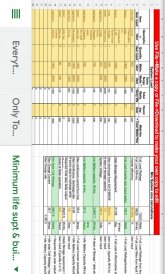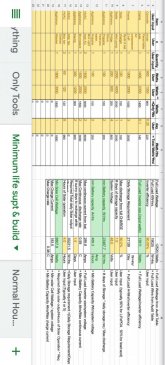Hedges
I See Electromagnetic Fields!
- Joined
- Mar 28, 2020
- Messages
- 20,622
Half an inch of plaster covering all sheetmetal surface (it's used to make fire resistant safes because absorbs heat as it decomposes), and use blown-in asbestos insulation.Dang! Now I'm going to have to change my entire design to use cement studs. No, I'm going with a double layer of solid concrete walls with 2" rigid foam between them.
Concrete is not the strongest stuff in a fire:

Speeding tanker crash leads to fire, freeway collapse
Speeding tanker crash leads to fire, freeway collapse
 www.eastbaytimes.com
www.eastbaytimes.com
(But only a problem if your house ends up like the twin towers, either gasoline truck or plane full of aviation fuel crashes into it.)




